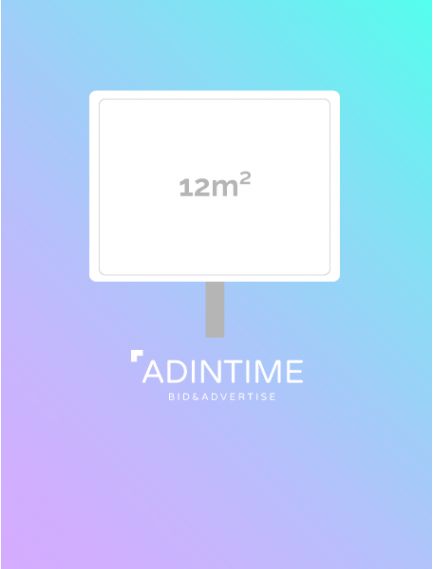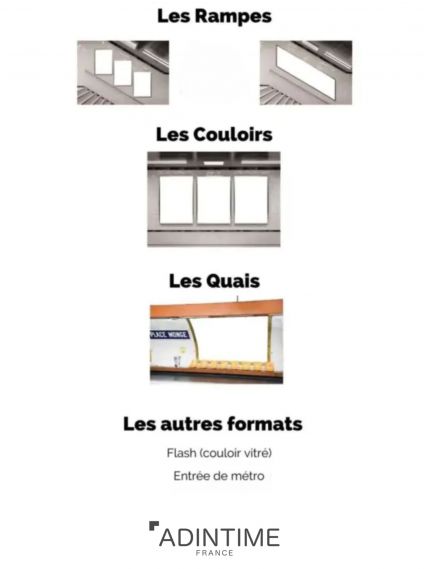Knowing how to capture attention and persuade your audience is crucial. Persuasive advertising techniques are designed to influence purchasing decisions by tapping into specific psychological triggers. Whether you're promoting a product or service, these techniques can help you effectively reach your potential clients. Today, we present the top 3 techniques to master for effective persuasive advertising that works.
#1 Appeal to reason: Convincing with facts and concrete arguments
Among the persuasion techniques, appeal to reason is one of the most powerful, especially when your audience is rational or seeking specific information before making a purchasing decision. This approach relies on logical arguments and factual evidence aimed at convincing the potential client by presenting the concrete benefits of the product or service.
For instance, in an advertisement for an electric car, you might highlight its reduced energy consumption, long-term savings, and lower CO2 emissions. This type of advertising is based on measurable data and tangible benefits, making the product more attractive to an audience keen on making smart choices.
Why does this technique work?
Because it meets the consumers' need for rationality. With better-informed consumers, they increasingly seek proof before committing. By providing solid facts and arguments, you allow them to justify their choice, making them feel more confident in their decision. This technique is ideal for technical, complex products or those requiring significant investment.
To maximize the impact of this approach, it's recommended to combine this appeal to reason with other advertising channels like DOOH (Digital Out Of Home) or OOH displays (Out Of Home), which allow clear and concise messages to reach a large audience.
#2 Appeal to emotion: Creating a strong emotional bond with the consumer
While the appeal to reason is effective for rational persuasion, the appeal to emotion operates on a different level. This technique aims to touch the potential client by relying on feelings and emotions. Advertisements evoking joy, nostalgia, fear, or empathy are memorable and influence purchasing decisions in a subtle yet powerful way.
For example, a advertising campaign for insurance might use everyday scenarios where insurance protects families from unexpected events, creating a feeling of security and comfort for the viewer. Similarly, a luxury product ad can appeal to the desire and ambition to stand out, offering a sense of success and accomplishment.
Why does this technique work?
Emotions have a strong power of influence. An advertisement that touches its audience emotionally will remain memorable, and the emotional attachment to the product or service will facilitate the buying decision. Moreover, purchase decisions are often made under the influence of emotion, even for products considered rational. This technique is effective for almost all types of advertising, whether promoting everyday products or financial services.
The power of appeal to emotion can be amplified through impactful visual media such as OOH displays or DOOH. Thanks to their visibility in strategic public spaces, these formats create an immediate emotional connection with consumers.
#3 The scarcity principle: Creating urgency with limited-time offers
The final essential technique for successful persuasive advertising is the scarcity principle. This approach relies on a simple psychological phenomenon: what is rare is perceived as more valuable. By creating a sense of urgency, you encourage consumers to act quickly for fear of missing out on an exclusive offer.
Common examples of this technique include limited-time promotions ("Offer valid until tomorrow"), special editions, or messages indicating that only a few units of a product remain in stock. These tactics leverage the fear of missing out, an emotion that can significantly speed up purchasing decisions.
Why does this technique work?
The scarcity principle taps into human psychology. When consumers believe an opportunity is about to disappear, it triggers a sense of urgency, prompting them to act quickly. This type of advertising is particularly effective for promotional events or high-value products.
It's important to note that for this technique to be credible, it must be used sparingly and transparently. If consumers sense that the urgency is artificial or that scarcity is manufactured, it can damage your brand’s reputation. So, make sure to use the scarcity principle wisely.
Combining techniques to maximize impact
Persuasive advertising techniques are not mutually exclusive. In fact, for maximum effectiveness, it is often wise to combine them. For example, you could use both appeal to reason and appeal to emotion in the same campaign, offering both logical arguments and a strong emotional connection to persuade your audience. Furthermore, by pairing these techniques with powerful advertising platforms like DOOH or OOH displays, you will amplify your message and reach a wider audience.
In conclusion, mastering persuasion techniques is essential for successful advertising campaigns. Whether you choose to focus on logical arguments, strong emotions, or a sense of urgency, the key is to know your potential client well and understand their motivations. By applying these techniques intelligently and creatively, you will maximize the impact of your ads and increase your chances of converting prospects into loyal customers.
Remember, persuasive advertising is about building a genuine connection with your audience. To further optimize your advertising campaigns, also explore the possibilities offered by OOH displays and DOOH by visiting our dedicated pages on Adintime.




 Top 30 best ads musics
Top 30 best ads musics
 The influence of advertising on purchasing behavior
The influence of advertising on purchasing behavior
 Top of the most listened podcasts in France
Top of the most listened podcasts in France
 Top 30 best ads 2021 in France
Top 30 best ads 2021 in France
 This Year Marketing Calendar
This Year Marketing Calendar
 OOH Advertising: My honest review
OOH Advertising: My honest review
 Facebook Ads Library: The ultimate guide to winning campaigns
Facebook Ads Library: The ultimate guide to winning campaigns
 How to prepare your advertising campaigns for Christmas?
How to prepare your advertising campaigns for Christmas?
 The top 20 ad films of the year
The top 20 ad films of the year
 Example of a unique selling proposition
Example of a unique selling proposition










